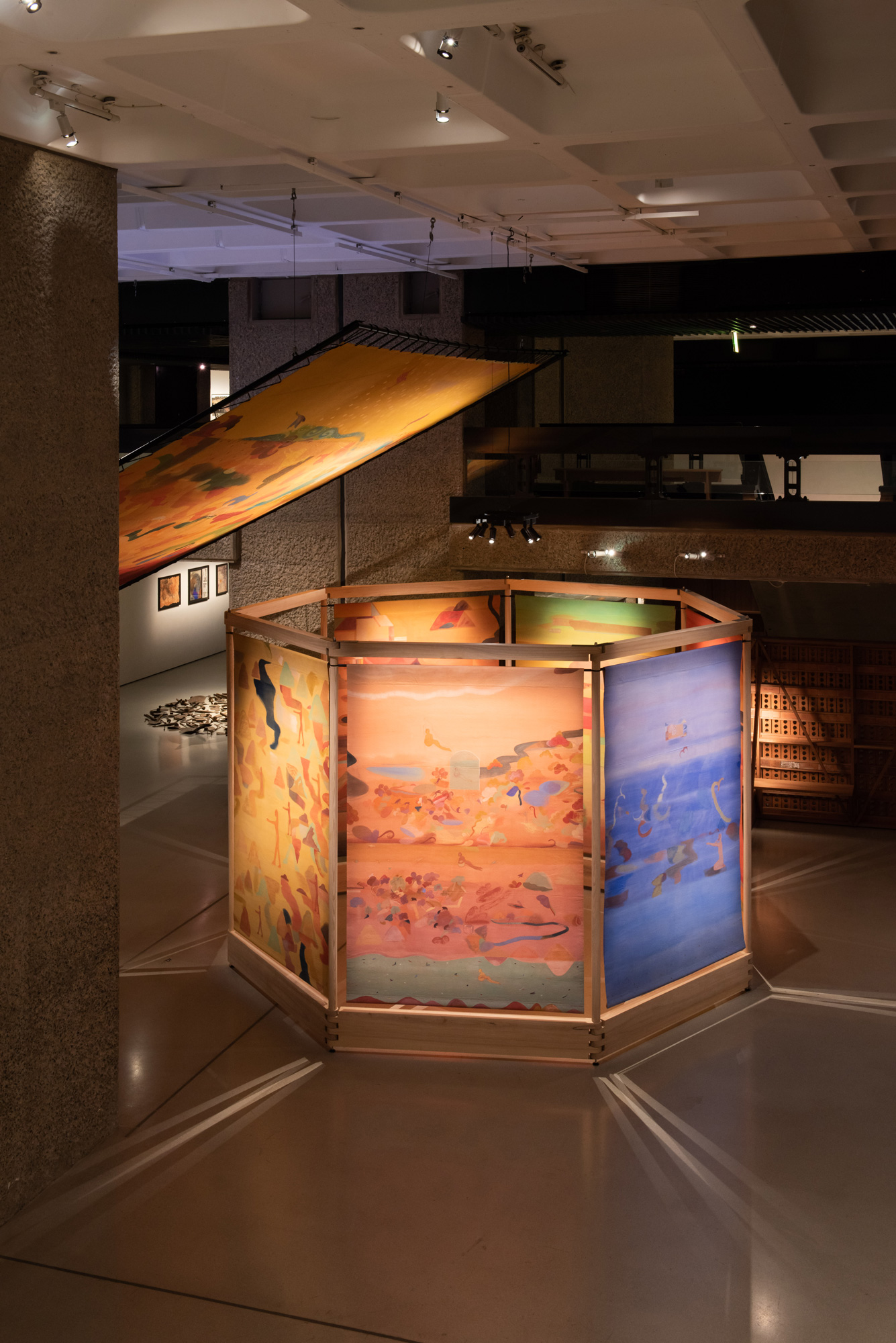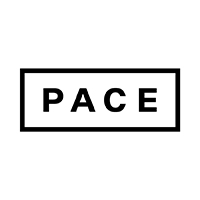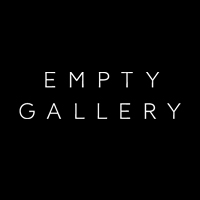London: The Imaginary Institution of India: Art 1975–1998
By Deeksha Nath

Installation view of "The Imaginary Institution of India: Art 1975-1998," at the Barbican Art Gallery, London, 2024. Photo by Max Colson. Courtesy the Barbican, London.
Recent years have marked the beginning of what historian Ramachandra Guha termed the midlife crisis of Indian democracy, beginning three decades after the country gained independence from British colonial rule. Defined by two pivotal events—the declaration of the Emergency with the ensuing suspension of constitutional rights in 1975, and the 1998 nuclear tests in Pokhran—the period was characterized by increasing corruption and erosion within India’s political institutions, economic liberalization, and a growing private sector, as well as the rise of a robust civil society. During this time, artists played an integral role with their observations, critiques, and involvement in activist groups and oppositional politics. Such vigorous participation was demonstrated in “The Imaginary Institution of India: Art 1975–1998,” comprising nearly 150 artworks by more than 30 Indian artists. Shanay Jhaveri, head of visual arts at the Barbican Art Gallery, curated the exhibition around four broad themes: communal violence, gender and sexuality, urbanization and shifting class structures, and deepening ties with Indigenism.








